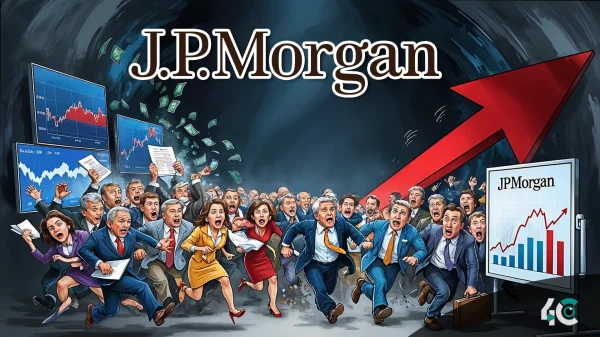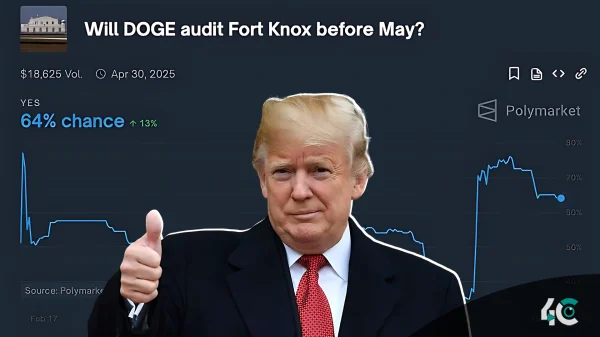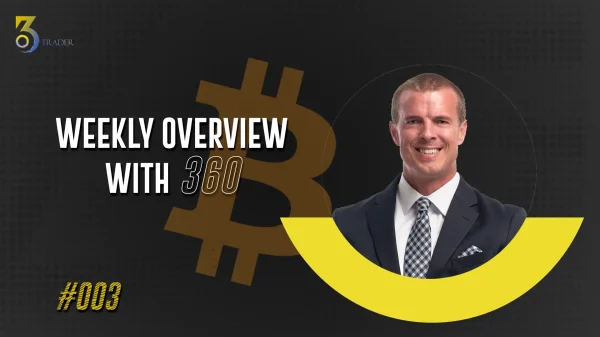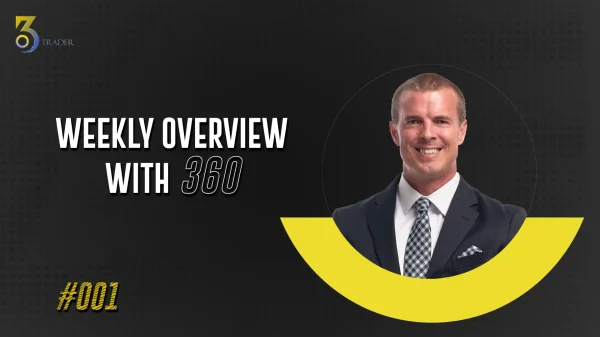Investors get spooked during turbulent times and begin to question their investment strategies. Novice investors are particularly susceptible to being tempted to withdraw from the market altogether and wait until it seems safe to enter again.
Market volatility is inevitable. Short-term market fluctuations are part of life. Timing the market is impossible. In order to reduce short-term fluctuations, one solution is to keep a longer-term perspective.
This strategy may be ideal for some investors, but even long-term investors should be aware of volatile markets and the steps that can help them cope with it.
It may be possible to minimize risks, while managing volatility, with a disciplined approach. This article will show you how:
Investing in a Volatile Market
To successfully trade in volatile markets, you must be mentally and tactically prepared to deal with the increased risks involved. To begin with, make sure that:
- You are comfortable trading during high volatility.
- You recognize the potential losses in capital and are prepared to accept these additional risks.
After you’re “all set to go,” re-examine your risk-control measures as part of your trading plan.
Placement of stop-loss and position size are two important considerations. Some traders use a wider stop-loss when the price swings are larger than normal during volatile markets, when intraday and day-to-day price swings are typically greater than normal.
The goal of these two adjustments is to minimize your exposure to intraday price changes while trying to avoid getting stopped out. Traders should always note that stop orders can be executed far from the stop price when a market conditions are changing rapidly.
Focus on trending stocks
While there may be a higher degree of overall market volatility, there are still stocks that demonstrate strong trending activity despite potential higher risks. To be successful in this approach, a buyer must find a stock that is trending higher but hasn’t been accelerating its advance.
As well, short-sellers trading in a volatile market should look for stocks with declining prices but that have not experienced a collapse or “waterfall” decline. It is better to invest before the price accelerates (or collapses in the short seller’s case), not after.
Watch for breakouts from consolidations
Some traders use a method called “buying the breakout.” With this method, they monitor stocks that are trading within identifiable support and resistance ranges.
Traders do nothing if the stock remains within that range. A trader, however, will seek to buy the stock the moment the price breaks out to the upside, hoping that the breakout means there will be a new upleg for the stock.
Consider shorter-term strategies
In volatile markets, traders may adopt a shorter-term trading strategy. In most cases, this involves locking in profits as quickly as possible.
An investor who typically buys stocks as they break above resistance might be an example. When entering a trade, this trader places a stop-loss X% below the entry price and then waits for profit of Y% to accrue before activating a trailing stop, which can be determined by a trailing amount rather than a specific stop price.
In either case, the trailing amount follows (or “trails”) a stock’s price as it moves up (for sell orders) or down (for buy orders). The trailing stop also rises as the stock price increases, allowing the trader to potentially sell at a higher price.
You might be able to exit a trade faster if you make the following adjustments in volatile markets:
- Set a specific profit percentage goal.
- If the price rises rapidly, consider selling some of your positions and holding the remaining ones.
- Use a tighter-than-usual trailing stop price and/or enter the trailing stop earlier than usual.
Be prepared
In order to make bigger profits, traders love price movement. Prices can move faster than usual at times. As stock markets become more volatile, it may become necessary to change tactics and pay closer attention. Being prepared is the key. It isn’t a guarantee that you’ll stay on track but if you’re ready to deal with volatile markets, these steps will help keep you on track.
If in doubt, wait it out
Sitting on the sidelines isn’t a bad idea if you aren’t sure where the markets are headed. Enhanced volatility occurs from time to time, but most of the time it is short-lived. Therefore, sometimes the best trade is not to make any.
Conclusion
During volatile markets, investors need to be aware of potential risks. If you’re confident in your strategy, staying invested can be a great option. Be aware, however, of how market conditions will affect your trade if you trade during a spike in volatility.















































